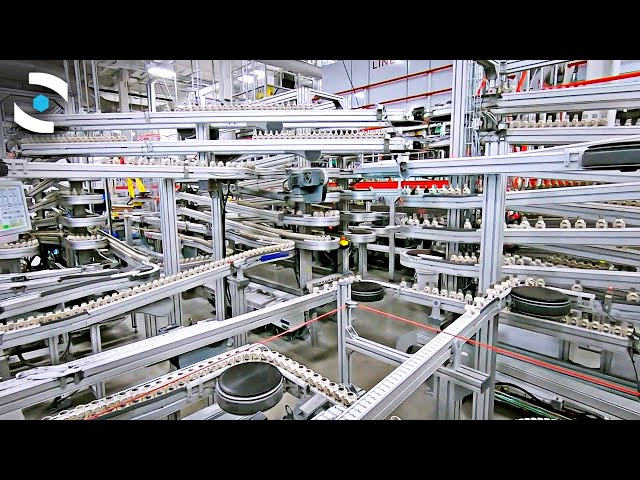What happens to used Electric Car Batteries?
There are two main options for what happens to used electric car batteries: they can be recycled, or they can be repurposed.
Recycling
When an electric car battery reaches the end of its useful life, it can be recycled. The recycling process typically involves the following steps:
- The battery is disassembled and the individual components are separated.
- The metals, such as lithium, cobalt, nickel, and copper, are extracted from the battery cells.
- The plastics and other materials are also recycled.
The recycling process for electric car batteries is still relatively new, but it is becoming more efficient and cost-effective. In the United States, about 95% of electric car batteries are recycled.
Repurposing
Instead of being recycled, used batteries can also be repurposed. This means that they can be used for other purposes, such as:
- Storing energy for solar or wind power systems
- Providing backup power for homes and businesses
- powering electric vehicles
Repurposing used electric car batteries can help to extend their lifespan and reduce the environmental impact of their disposal.
The most common way to repurpose used electric car batteries is to use them for energy storage. This is because the batteries can still store a significant amount of energy, even after they have lost their ability to power an electric car.
Energy storage systems can be used to store energy from solar or wind power plants, which can then be used to power homes and businesses during peak demand times. This can help to reduce the need for fossil fuels and improve the reliability of the power grid.
Key Components to Electric Car Batteries.
- Cathode: The cathode is the positive electrode of the battery. It is made of a material that can store lithium ions, such as lithium cobalt oxide (LiCoO2), lithium manganese oxide (LiMn2O4), or nickel manganese cobalt oxide (NMC).
- Anode: The anode is the negative electrode of the battery. It is made of a material that can release lithium ions, such as graphite.
- Separator: The separator is a thin layer of material that separates the cathode and anode. It prevents the electrodes from touching each other, which would cause a short circuit.
- Electrolyte: The electrolyte is a liquid or gel that conducts lithium ions between the cathode and anode. It is typically made of a mixture of lithium salts and solvents.
- Current collector: The current collector is a metal strip that collects the electrons released from the anode and carries them to the cathode.
- Module: A module is a group of battery cells that are connected together.
- Pack: A pack is a group of modules that are connected together.
The cathode, anode, and electrolyte are the most important components. The other components are necessary to make the battery work properly.





